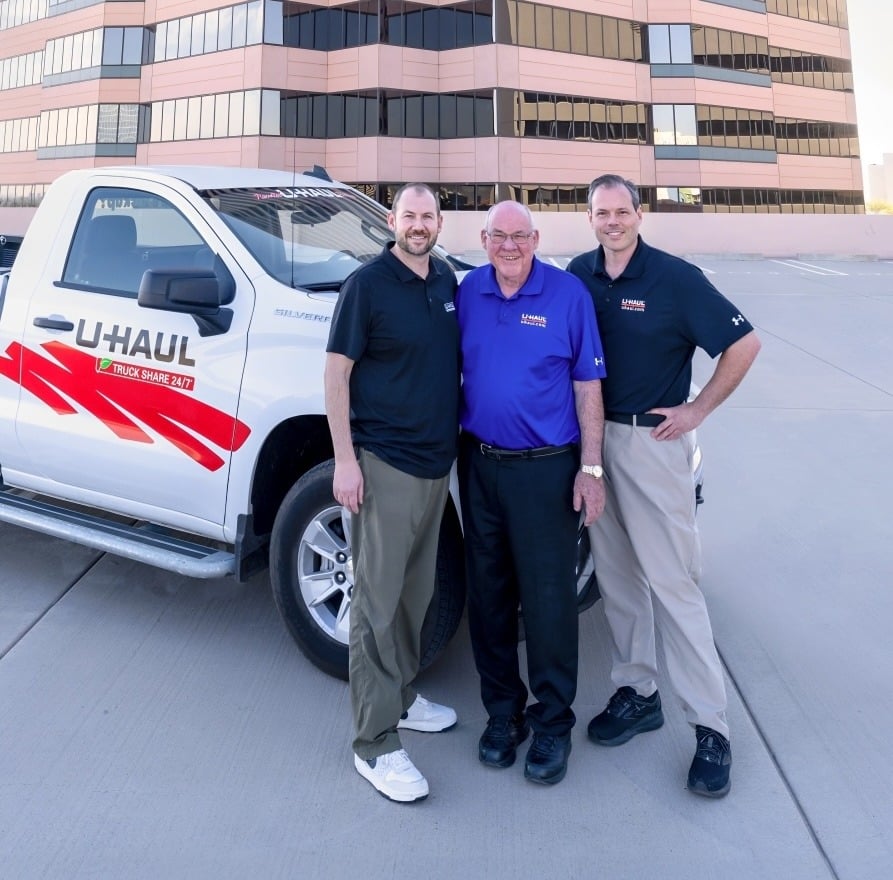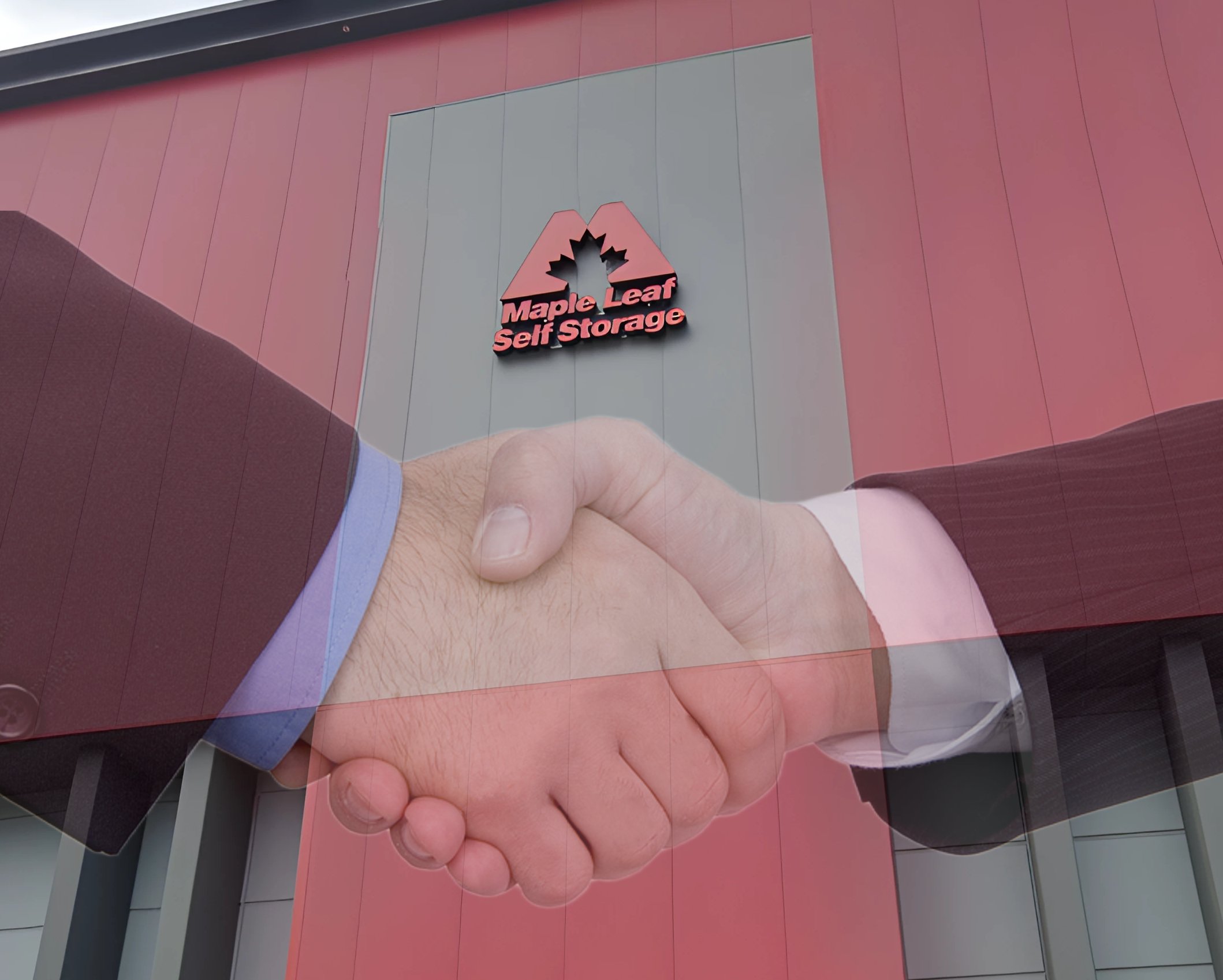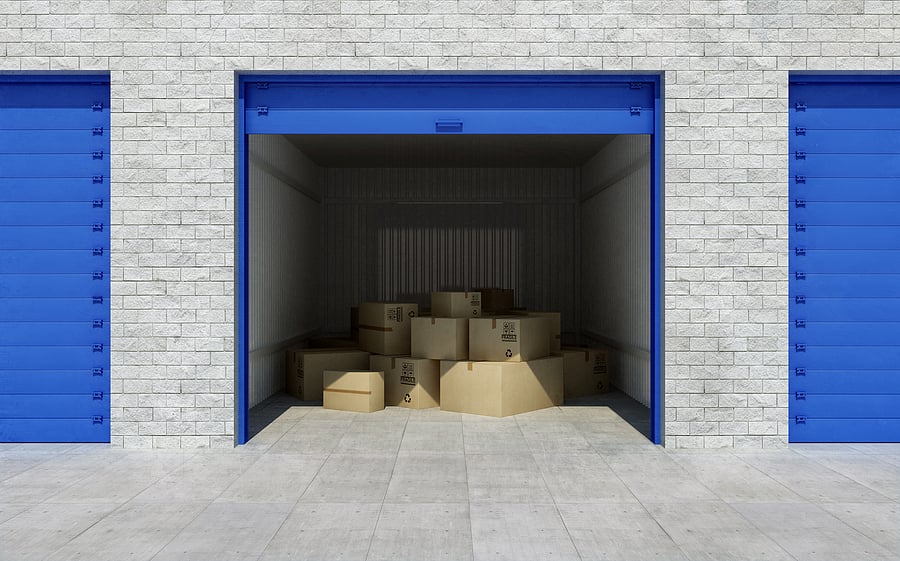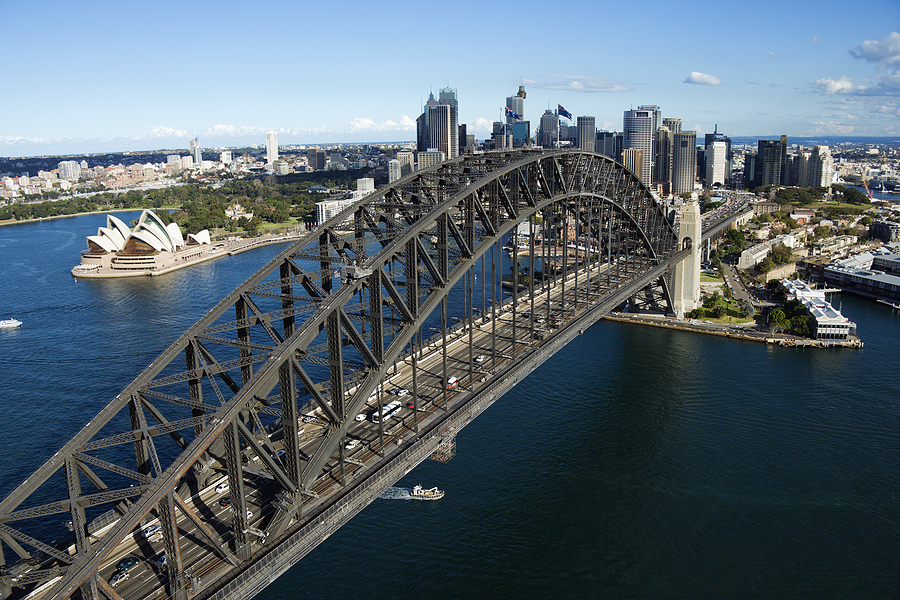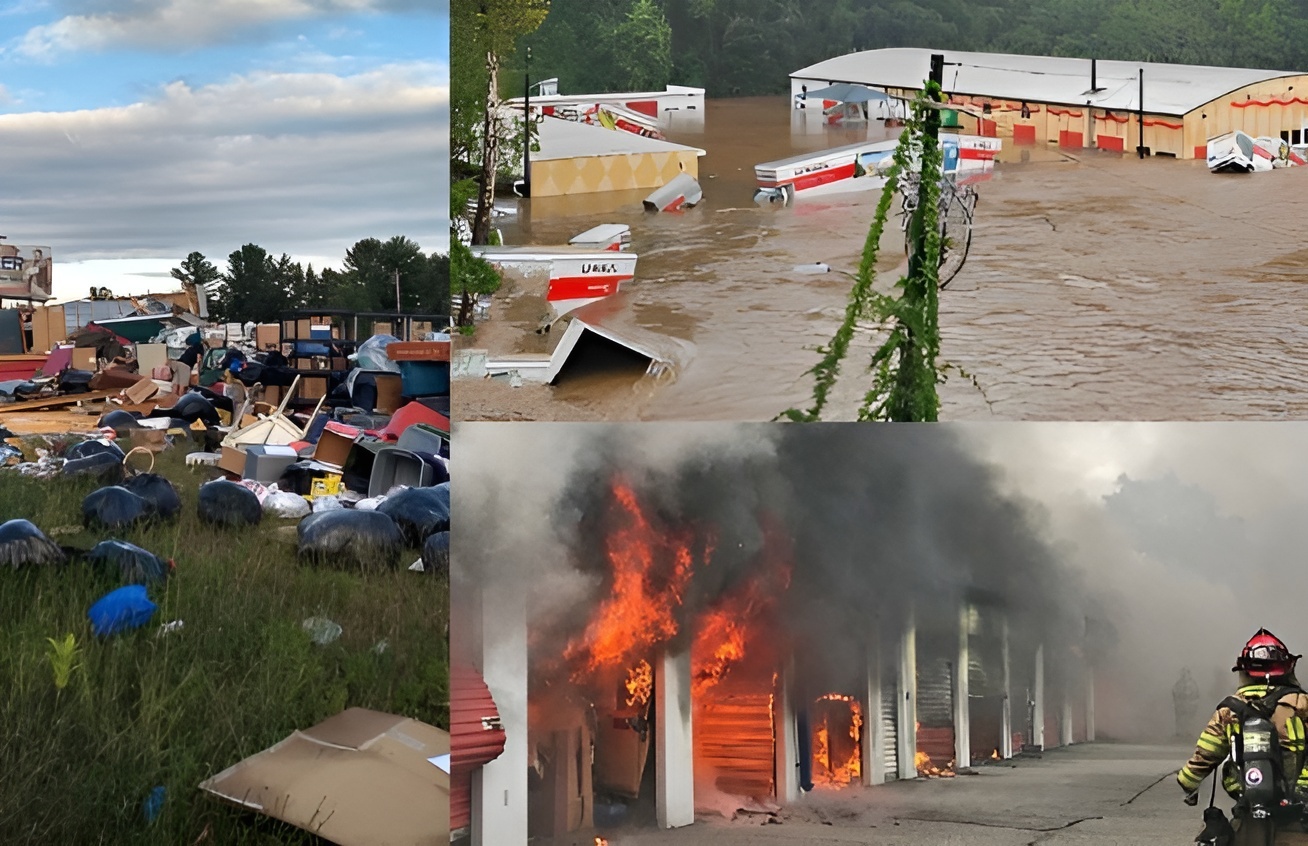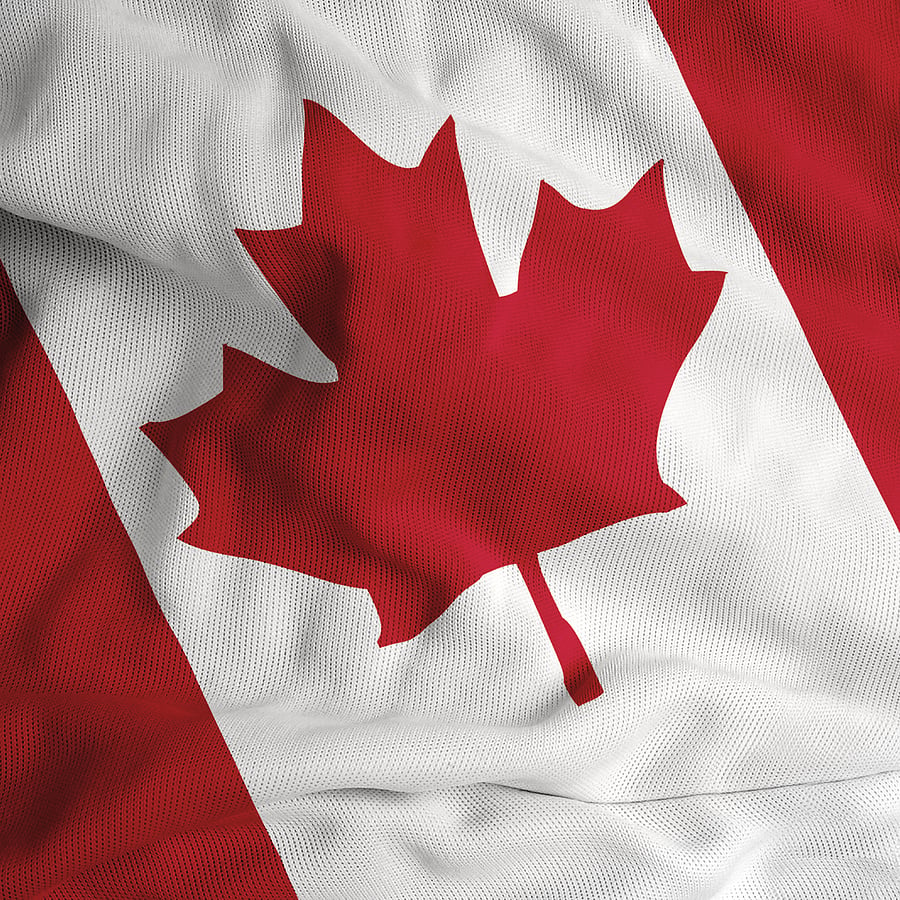Make It Rain: Automatic Sprinklers At Storage Facilities
Fires in self-storage facilities can have a devastating effect on contents and buildings. In extreme cases, where unauthorized persons have taken up residence in a storage unit, human lives may even be at risk.
A recent Internet search on fires in these facilities found them occurring somewhere in the country at the rate of almost one each week. While many of these fires were small and easily contained, several resulted in near total destruction with millions of dollars in damages. Even when renters are self-insured, owners may remain vulnerable to the threat of significant claims or lawsuits for lost or damaged property.
A reliable first line of defense is the automatic fire sprinkler system. Fire sprinkler systems have protected property and lives for more than 120 years, and they have an enviable performance record. In reported structure fires large enough to activate them, sprinklers operated in 91 percent of fires and were effective in 87 percent of fires in sprinklered properties.
The International Building and International Fire codes, the U.S.’s predominant construction standards published by the International Code Council (ICC), require automatic sprinklers in any mercantile or storage building more than 2,500 square feet where upholstered furniture or mattresses are kept. An ICC formal interpretation says this applies to mini- or self-storage facilities.
How Sprinkler Systems Work
Fire sprinkler systems are a combination of well-engineered pipes, valves, and related equipment connected to a reliable water source. They are effective because they apply small amounts of water (from 15 to 25 gallons per minute [gpm]) in the early stages of a fire before it grows beyond control and requires the fire department to intervene with its large diameter hoses that flow at least 150 gpm.
Fire sprinkler systems are remarkably simple in their design and, other than equipment improvements, have not changed dramatically since their invention in the late 1800s. Imagine them similar to your home plumbing system, sitting there ready to operate only when called upon. In your home the faucet is the outlet; in a fire protection system it is a sprinkler.
There are two major designs of fire sprinkler systems likely to be useful and found in a self-storage facility: “wet pipe” and “dry pipe”. A wet pipe system typically is installed in climates where the ambient temperature does not dip below 40degrees. In its ready-to-operate condition, a wet pipe system has water in the sprinkler pipes at all times. When a sprinkler opens due to excessive heat from a fire, water flows immediately onto the flames. In storage facilities protected by wet pipe systems, four or fewer sprinklers operated to control a fire 81 percent of the time.
Dry pipe systems are used in cold environments. A dry pipe sprinkler system is one where the pipes are filled with compressed air or nitrogen. When a sprinkler operates, the pressure is released to allow the automatic control valve to open and send water to the sprinkler. Despite the inherent water delay with dry pipe systems, four or fewer sprinklers operated 85 percent of the time.
It’s All About The Water
A ready and reliable water source is the key to successful sprinkler operation. Without getting too scientific, there must be enough water to absorb a fire’s heat to keep it under control. If the water supply is not adequate or runs dry, the fire will grow exponentially. In many mini- or self-storage buildings that have no fire-rated walls between units, a common outcome is a total loss of property and contents.
Reliable water supplies include municipal supplies, aboveground or underground storage tanks, and even lakes or ponds. Underground tanks and ponds are less desirable because they require the addition of some sort of fire pumping assembly—a costly and maintenance-intensive add-on.
The amount of water capable of supplying the automatic sprinkler system and fire department hose lines for 60 to 90 minutes depending upon a variety of factors included in the sprinkler system design. The minimum flow rate for the entire sprinkler system and fire department hose lines ranges from 850 to 1,500 gpm. The local building or fire code official will make a determination on the required water supply.
Volumes Of Valves
The first glance at the main controls of an automatic sprinkler system can be daunting. Often there is a confusing array of valves, pipes, and gauges that seem to lead nowhere or double back upon themselves.

For both system types, the main automatic control stays closed until water flows. The control valve includes internal controls that allow the water to flow only in the direction of the fire. Usually, the control valve has water pressure (and air pressure for dry pipe systems) gauges attached that can, to the trained eye, provide a snapshot of the system’s operational readiness. One or two manually operated control valves are included to shut off the water flow after a fire or to shut the system down for maintenance.
A third valve and pipe combination, often plumbed out of doors, is the “main drain”. This connection is provided to drain the system for maintenance as well as conduct periodic “main drain tests” to assure the integrity of the incoming water supply. A “fire department connection” usually is installed to allow the fire department to boost the pressure and flow of an operating sprinkler system.
Once the water goes through the main control valve, it flows toward the open sprinklers (think about what happens when you open a faucet). Sprinklers are specially designed to break up the flowing water into a spray pattern that will cover from 80 to 400 square feet depending upon the sprinkler design and water pressure. This “sprinkling” pattern distributes water right over the fire to control the heat and flames that are being emitted.
Modern fire sprinkler installations will include some sort of alarm that automatically summons the fire department in the event of sprinkler operation. This enables the fire department to react quickly to both fires and accidental water discharges.
What About Water Damage?
Television and movie representations of fire sprinkler operations have done nothing to explain how sprinkler systems really work. “If one goes off, they all go off” is patently untrue. Fire sprinklers are thermally operated; when the temperature-sensitive element reaches its rating (typically between 155 and 212 degrees) the sprinkler will open and water will flow. Only the sprinkler immediately above the fire will operate unless it cannot control the fire. Then, additional sprinklers in the immediate area of the fire will open.
Likewise, operating smoke alarms will not cause sprinklers to flow unless there is a specific hazard-control reason to do so. Typically, mini- or self-storage facilities have no reason for this level of sophisticated fire protection design.
There is no doubt water will cause some damage, but it is substantially less than the amount of damage that would result if no sprinklers were present. Competent post-fire restoration companies can recover and repair water-damaged property, but once it’s burned it’s gone forever.
How Much Does It Cost?
Just like tenant rents, the price of an automatic sprinkler system varies with the market. In a competitive marketplace, design and installation costs are lower than in sluggish commerce. Building size, whether it’s new construction or a retrofit, adequacy of the water system, materials availability, and local labor costs will factor into the overall costs.
Fire sprinkler systems have an excellent record of protecting lives and property. When properly designed and maintained they can keep fires small until the fire department arrives to “mop up”. Consult your local fire department, building department, or fire marshal for guidance on a system that will protect your property.
–
Rob Neale is the government relations vice president for national fire service activities at the International Code Council. He served as the deputy superintendent for curriculum at the National Fire Academy in Emmitsburg, Maryland, and worked as a municipal fire marshal and fire chief in Washington state.
More Content
Popular Posts
The self storage industry is in a precarious...
Joe Shoen, CEO of U-Haul, has had enough.
Like its name implies, Surprise, Ariz., a...
Joe Shoen has had enough.
In a record-breaking deal finalized May 12,...
Senate Bill 709 (SB709) has many in the...
Donald Trump has just reclaimed the White...
The question of “abandonment” of stored...
Self-storage operators wear a lot of hats....
In 1992, Clinton strategist James Carville...
Recent Posts
When Neville Kennard left for a work trip to...
Self-storage software is no longer...
The self-storage industry continues to...
Fires in California. Tornadoes in Kansas....
From policy pivots in Ottawa to tariff...
Self-storage operators have struggled to...
Their signature red coats may draw attention...
Nailing down Josh and Melissa Huff for an...





